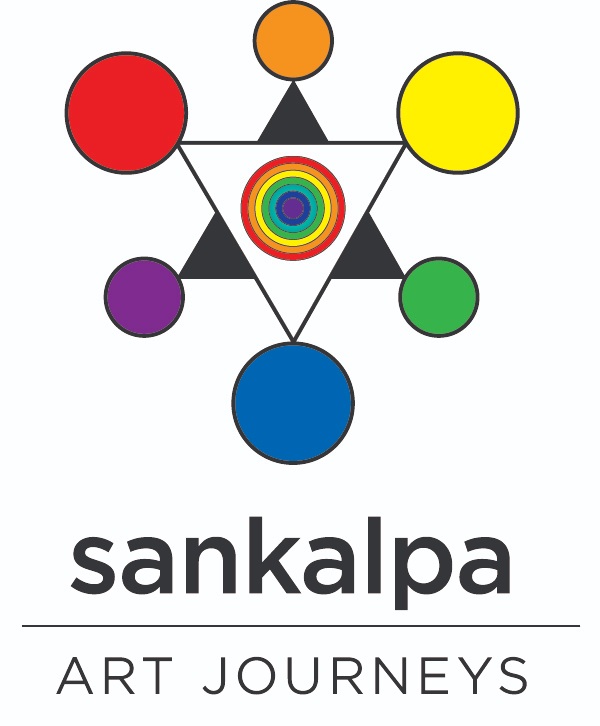 An excerpt from Art Therapy Practice: Innovative Approaches with Diverse Populations by Harriet Wadeson
An excerpt from Art Therapy Practice: Innovative Approaches with Diverse Populations by Harriet WadesonAn old Indian fable tells of the six blind men who argued over the nature of the elephant. One felt its side and said the elephant is like a wall. Another, feeling its tusk, said the elephant is like a spear. The third felt its trunk and said the elephant is like a snake. The fourth found the leg to be like a tree; the fifth, touching the ear, said the elephant is like a fan; and the sixth seized the tail and described the elephant as a rope. Each blind man was partly right, though all were wrong.
Five human service providers who work with art therapists attempt to explain what art therapy is. The first, who is a teacher at an elementary school, says art therapy helps her children with attention deficit disorder to settle down and concentrate. The second, who works with abused and neglected children, says that art therapy gives them a means to express the traumas that they cannot put into words. The third, who works on a hospital psychiatric unit, says that her patients overcome their isolation by painting their hallucinations and delusions so that she can share their private worlds. The fourth, who works with families at an outpatient clinic, says her families have gained insight through their drawings of their relationships and have made changes in their family dynamics. The fifth, who works at a nursing home, speaks of drawings for life review and socialization with the other residents. All are correct about what art therapy is, but each has a different picture. None has the big picture.
What is art therapy? Separately the blind men reply:
• It is the lonely child locked in a wordless prison creating sunshine with crayons.
• It is the pieces of a woman, shattered by rape, slowly melding together in a clay form of her intact body.
• It is the spiraling visions clashing and parting on paper painted by a man in a hospital who sees what others do not.
• It is the feeble scratching of an ancient woman whose words have failed, making her mark.
What is art therapy? Together the blind men grasp the whole:
• It is the legacy of the dying, the plottings of the living, and the pain made visible by those in between.
• It is the rivers of separate circumstances, private privations, and lonely hauntings flowing together in tides of shifting reflections streaming toward a deep sea of intermingled humanity.
• It is the fixity of the stars in which the evanescent dust of living is coalesced in images.
